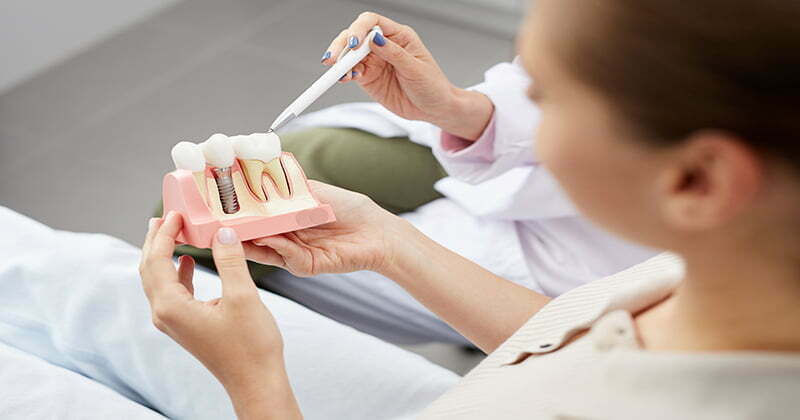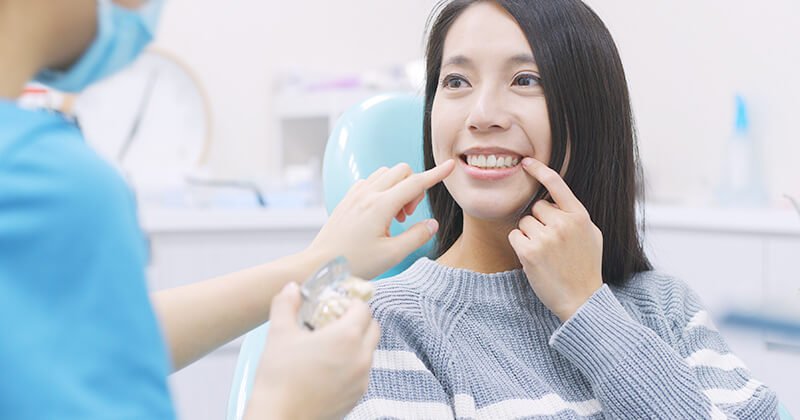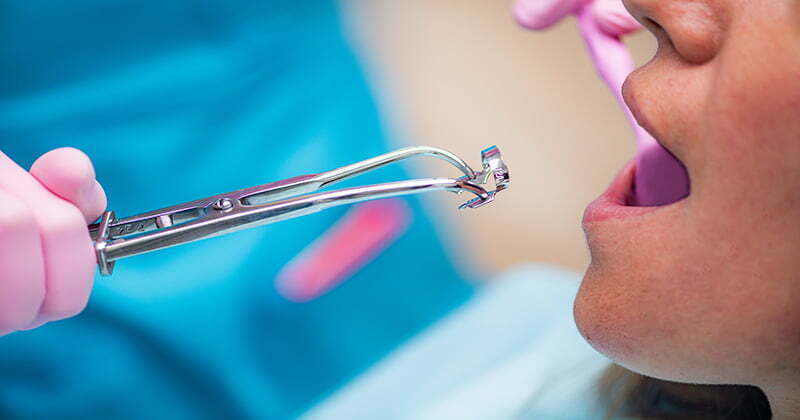Dentures
Crown and Bridge Dentures
The coating procedure, which is applied to correct the aesthetic and functional problems caused by missing teeth, utilizes adjacent teeth to fill the gap. While metal or zirconium is used for the substructure, porcelain is preferred for the superstructure.
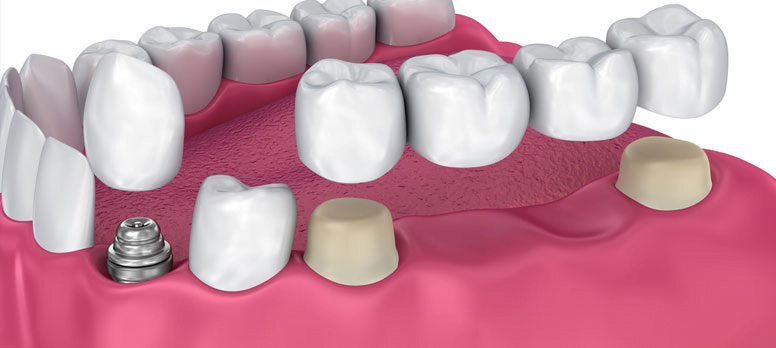
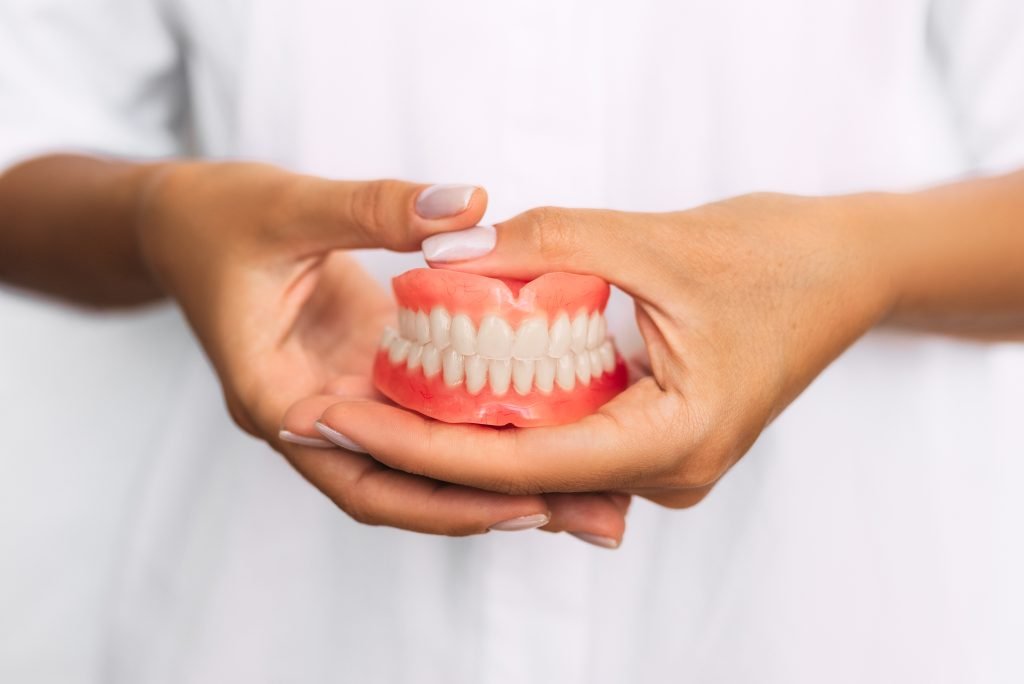
Total-Partial Dentures
Removable dentures are dental prosthetics that can be easily removed and worn by patients when fixed prosthetics are not suitable to replace missing teeth. They can be divided into two main groups: complete dentures and partial dentures. Complete dentures are used when all teeth are missing, while partial dentures are used when only a few teeth are missing. The base of removable dentures can be made of metal or acrylic material.
Full (Total) Dentures
Full (total) dentures are prosthetics used to fill the gap in the mouth of edentulous patients. They work entirely on tissue support and force transmission, support, and retention are provided by sitting on tissue surface.
In recent years, with the development of implant technology, edentulous patients can be provided with implant-supported dentures, which offer a natural appearance and comfort like their own teeth.
Partial Dentures
Partial dentures are a type of dental prosthesis used in cases of extensive tooth loss or when the remaining teeth cannot bear the load. The retention of the prosthesis is provided by clasps on the supporting teeth.
Partial dentures are a tooth- and tissue-supported prosthesis that is held in place by clasps on the supporting teeth and the support of the surrounding tissue. This ensures that the force is evenly distributed to the teeth and tissue.

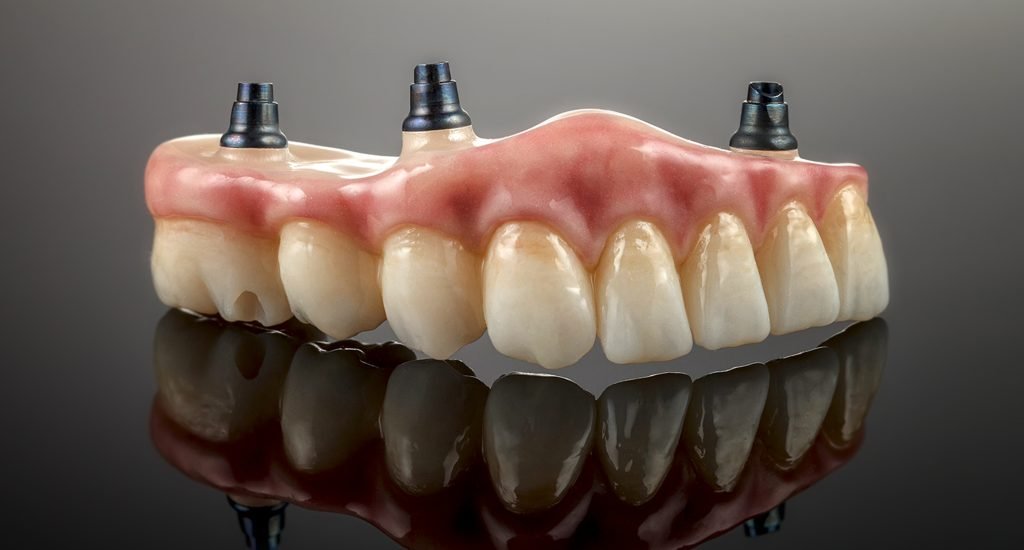
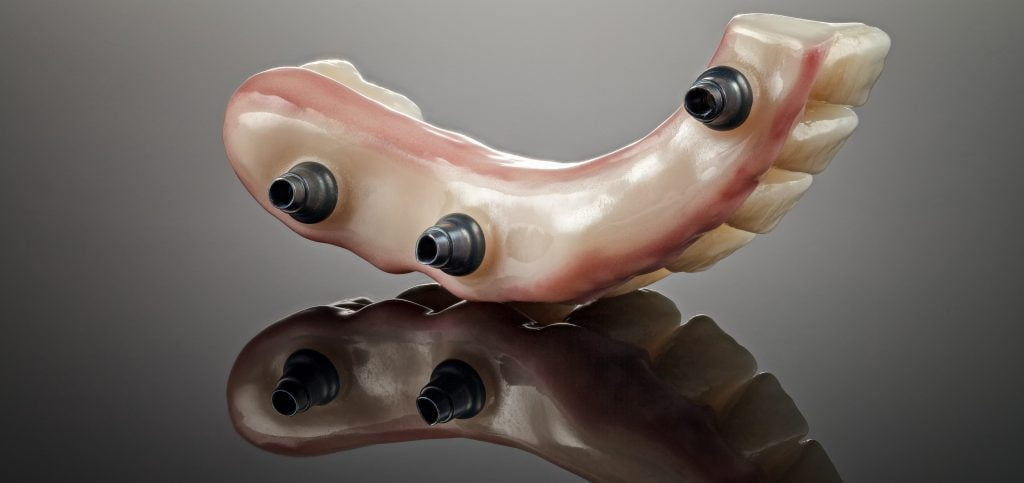
Snap-On Dentures
There are negative effects of clasps used in partial dentures. Precision attachment partial dentures are aesthetically advantageous because the clasps are hidden on the inner surface of the teeth. In addition, disadvantages such as plaque accumulation and tooth wear are eliminated. However, precision attachments have a higher cost and prices are higher than conventional removable partial dentures. As they are easier to maintain and clean, clip-on dentures are healthier and have better retention.Overdenture
Overdentures are a type of prosthesis that is made by using attachments on supporting teeth, to which removable dentures are attached. These prostheses aim to prevent tooth loss by preserving mismatched teeth, such as those that are excessively curved, misaligned, or elongated.
When an overdenture is applied, it may be necessary to shorten and perform root canal treatment on the supporting teeth. However, this method is less invasive than alternative treatments that result in tooth loss. In addition, since the root of the tooth remains in the mouth, there is less risk of problems such as jawbone resorption.
The use of removable dentures can cause various problems that negatively affect the daily lives of patients. These include speech impairments, eating difficulties, and problems with the dentures falling out. However, the use of overdentures can prevent the denture from moving due to the attachments on the supporting teeth and improve patients' quality of life.
In conclusion, overdentures can be considered as a way to prevent tooth loss by preserving mismatched teeth. The use of removable dentures can improve patients' quality of life and can be preferred as a less invasive treatment method.
Immediat Dentures
In cases where all teeth need to be extracted, temporary dentures are used. The denture, prepared by taking measurements beforehand, is attached before the teeth are extracted. This ensures that the patient does not remain toothless. This is the biggest advantage of temporary dentures. However, due to the shrinkage of bone and soft tissues during the healing process after extraction, these dentures may need to be readjusted from time to time. Soft lining is used for this. The complete healing of tissues can take up to six months.


